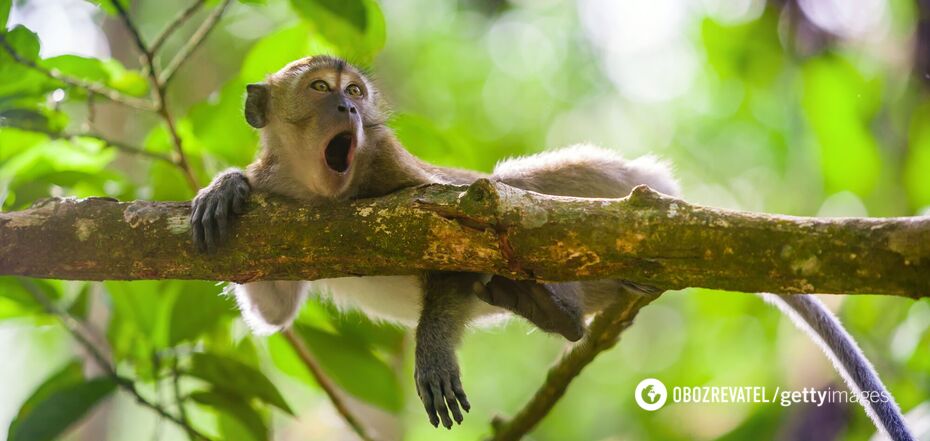News
Monkeys started using stone tools when tourists and free food disappeared due to COVID-19
Coronavirus restrictions that led to a ban on tourism on a Thai island forced local monkeys to take up tools to feed themselves. Traditionally, the monkeys ate at the expense of a large number of tourists who gave them food for free.
This is stated in a new study published in the American Journal of Primatology. Scientists discovered interesting monkey behavior back in July 2022 when they returned to their subjects.
We are talking about common long-tailed macaques (Macaca fascicularis) that live on the island of Koh Ped, also called crab-eating macaques. This island, with an area of only a quarter of a square kilometer, is located in the Gulf of Thailand near the city of Pattaya. This location has made the island very popular with tourists, who enjoy feeding the monkeys mangoes, cucumbers, and nuts.
The researchers, led by Suchinda Malaivijitnond from Chulalongkorn University in Bangkok, have been studying these monkeys for ten years, but admit that they have never seen them using stone tools before.
They first saw the unusual behavior of the macaques in July 2022 when the island was reopened after coronavirus restrictions. Then, in front of their eyes, two adult male monkeys used stones to break oyster shells.
In March 2023, scientists began to systematically study the behavior of the monkeys and noticed that 17 of them had already used stones to crack oysters. According to the researchers, they did it rather clumsily, lifting the stone with both hands to about shoulder height and then throwing it at the oyster.
According to New Scientist, the main mystery for scientists is whether this behavior was invented by one macaque, which was followed by others, or whether this method of foraging was invented by different macaques independently of each other. The researchers are more inclined to the second version, as according to them, the monkeys they saw with stone tools usually foraged alone.
Now tourists are beginning to return to the islands, so scientists are also wondering if giving them food for free will not wean them off their new skills.
Previously, it was known that five populations use stone tools: chimpanzees, bearded capuchins, yellow-breasted capuchins, white-faced capuchins, and Burmese long-tailed macaques (M. fascicularis aurea), which are closely related to the Koh Ped macaques.
In 2018, an experiment was conducted on captive M. fascicularis macaques, which revealed that they were unable to learn to use stone tools despite being trained.
Instead, scientists suggest that the captive macaques simply did not have the incentive that their relatives on the island of Koh Ped had when the amount of food was significantly reduced.
Earlier, OBOZ.UA reported that the remains of a new species of monkey cast doubt on the theory of the origin of humans from Africa.
Subscribe to OBOZ.UA on Telegram and Viber to keep up with the latest events.



























